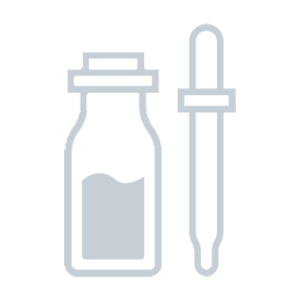Comparison between Farm Stay Hyaluronic UV Shield Sun Block Cream vs. Revox Just Daily Sun Shield SPF 50
- 35 components -
- 26 components -
Find out which product is better for your skin.
Ingredients in both products 5
Components only in Farm Stay Hyaluronic UV Shield Sun Block Cream 29
Titanium Dioxide, Triethoxycaprylylsilane, Zinc Oxide, Mineral Oil, Cyclomethicone and 24 more. Show all.
Uniqueness: 85.3%
Components only in Revox Just Daily Sun Shield SPF 50 21
Octocrylene, Ethylhexyl Salicylate, Ethylhexyl Triazone, Diethylamino Hydroxybenzoyl Hexyl Benzoate, Di-C12-13 Alkyl Malate and 16 more. Show all.
Uniqueness: 80.8%
Face to Face
Components position by position
1
Water
1
Water
2
Titanium Dioxide
2
Octocrylene
3
Triethoxycaprylylsilane
3
Ethylhexyl Methoxycinnamate
4
Ethylhexyl Methoxycinnamate
4
Ethylhexyl Salicylate
5
Zinc Oxide
5
Ethylhexyl Triazone
6
Mineral Oil
6
Diethylamino Hydroxybenzoyl Hexyl Benzoate
7
Cyclomethicone
7
Di-C12-13 Alkyl Malate
8
Avobenzone
8
Diisopropyl Adipate
Show others
Positive Effects
Find out what good effects the product has
Both products provide the following effects: , UV Protection, Moisturizing, Pore Shrinking, Softening, Soothing, Anti-aging, Healing, Rejuvenation, Antiseptic, Regeneration, Protection, Hair structure improvement, Hair gloss
Effects unique for Hyaluronic UV Shield Sun Block Cream:
Antioxidant, Acne fighting, Lightening, Elasticity improvement, Antistatic, Nutrifying, Tones up skin, Hair conditioning, Hair protectionEffects unique for Just Daily Sun Shield SPF 50:
Deodorant-- Show more --
ECO Metrics
Find out how eco-friendly the components are
Vegan
No
No
Cruelty free
No
No
Reef safe
Yes
Yes
Ozone layer safe
Yes
Yes
Organic score
natural
15 out of 34
44%
chemical
15 out of 34
44%
natural
3 out of 26
12%
chemical
18 out of 26
69%
Concerns
Pay attention to this information
-- Extra information --
Components by Skin Type
Find out what components are good or bad for your skin type
Dry skin
Positive: 3Negative: 0
Propylene Glycol#12Glycerin#13Sodium Hyaluronate#18
Oily skin
Positive: 2Negative: 0
Zinc Oxide#5Hamamelis Virginiana (Witch Hazel) Extract#20
Sensitive skin
Positive: 2Negative: 0
Titanium Dioxide#2Zinc Oxide#5
Dry skin
Positive: 3Negative: 0
Glycerin#10Sodium Hyaluronate#17Allantoin#19
Oily skin
Positive: 1Negative: 1
Allantoin#19Glyceryl Stearate SE#13
Sensitive skin
Positive: 1Negative: 2
Allantoin#19Hexyl Cinnamal#23Limonene#25

